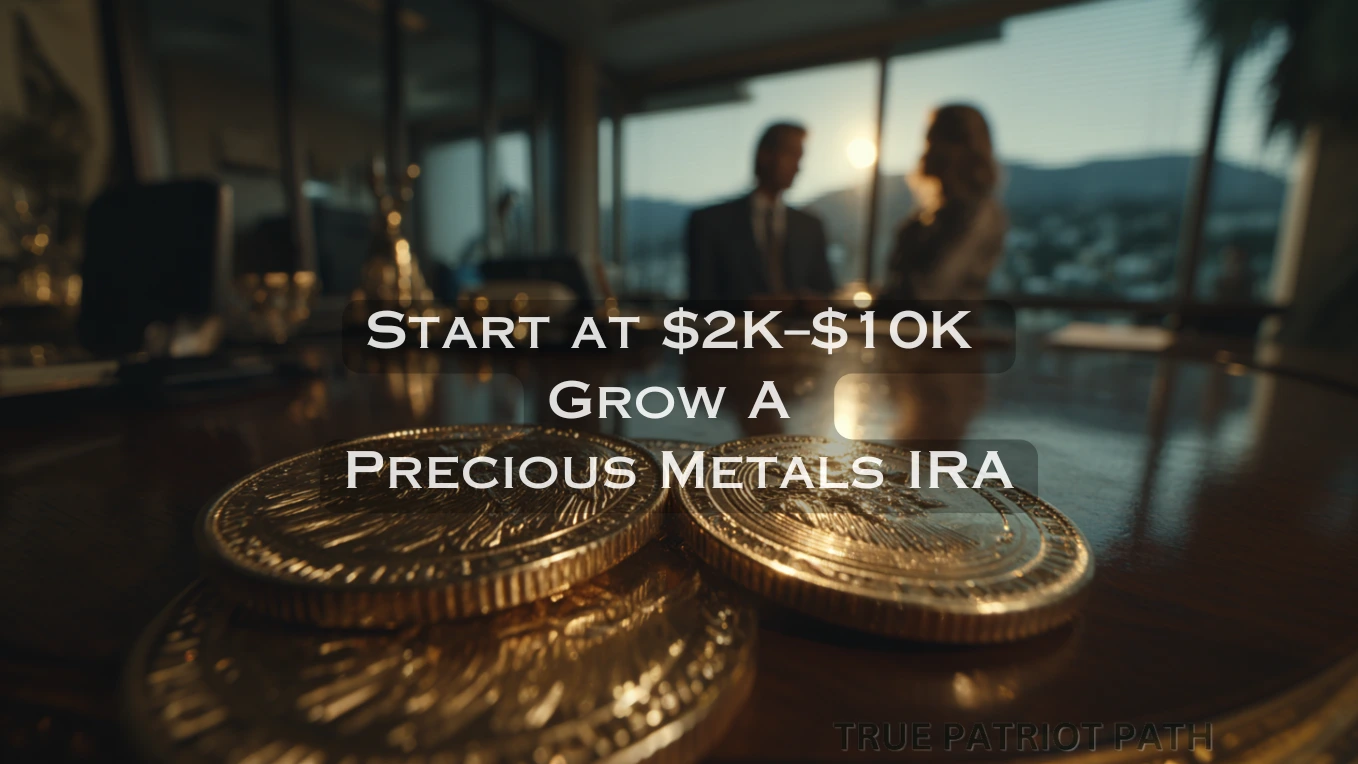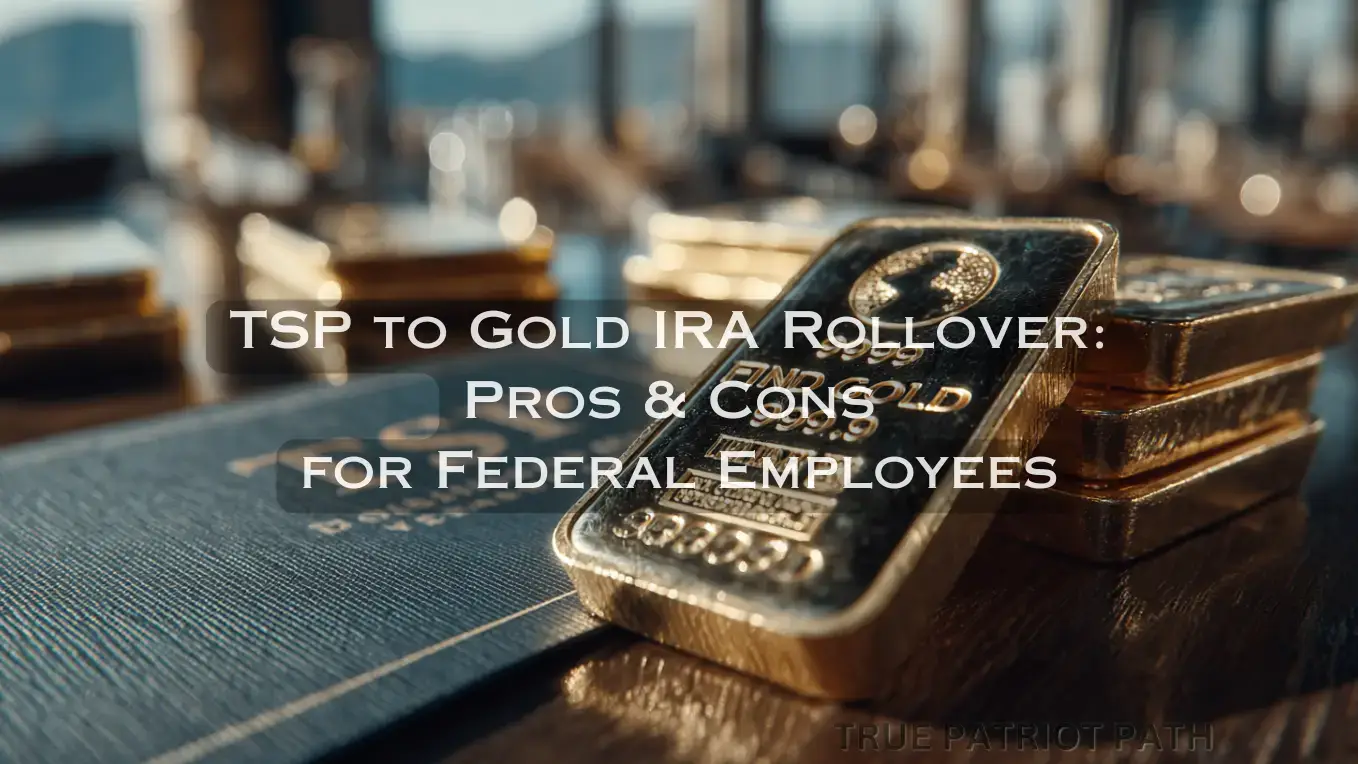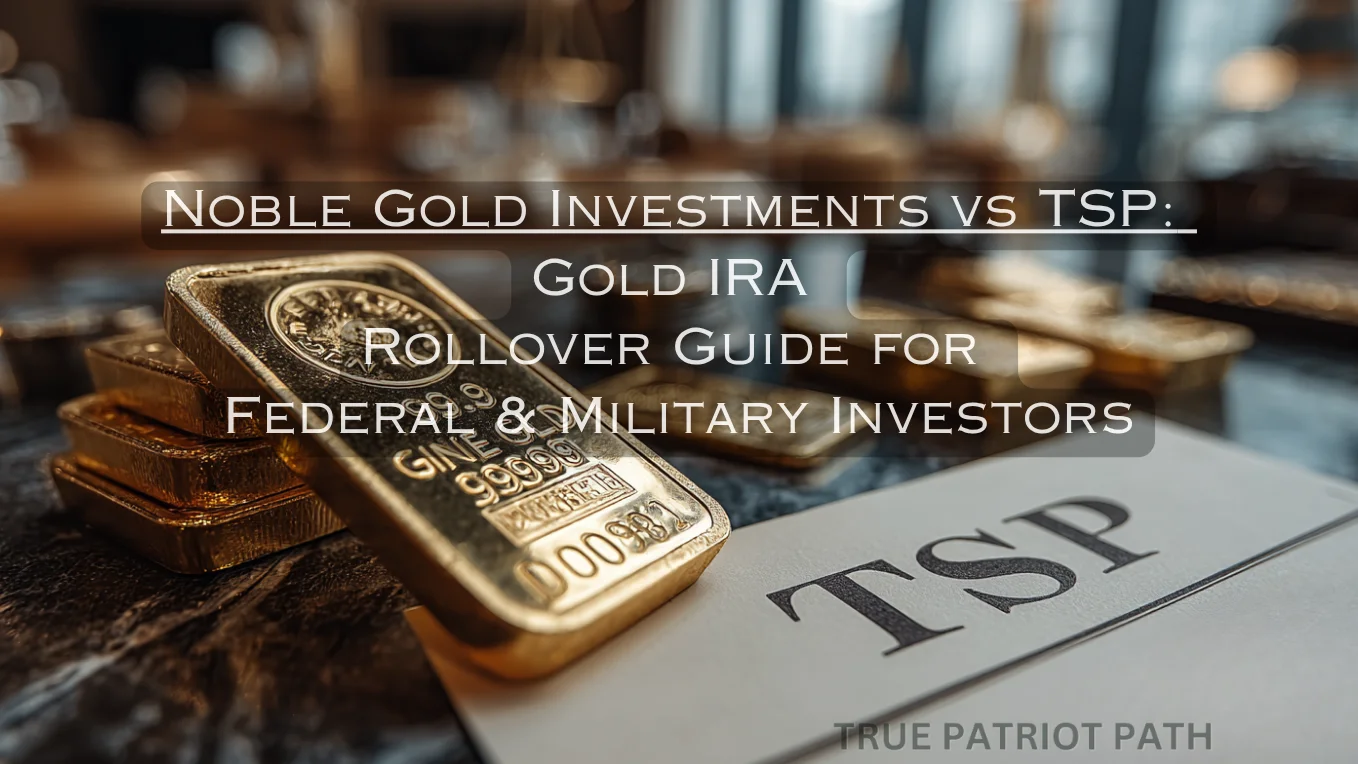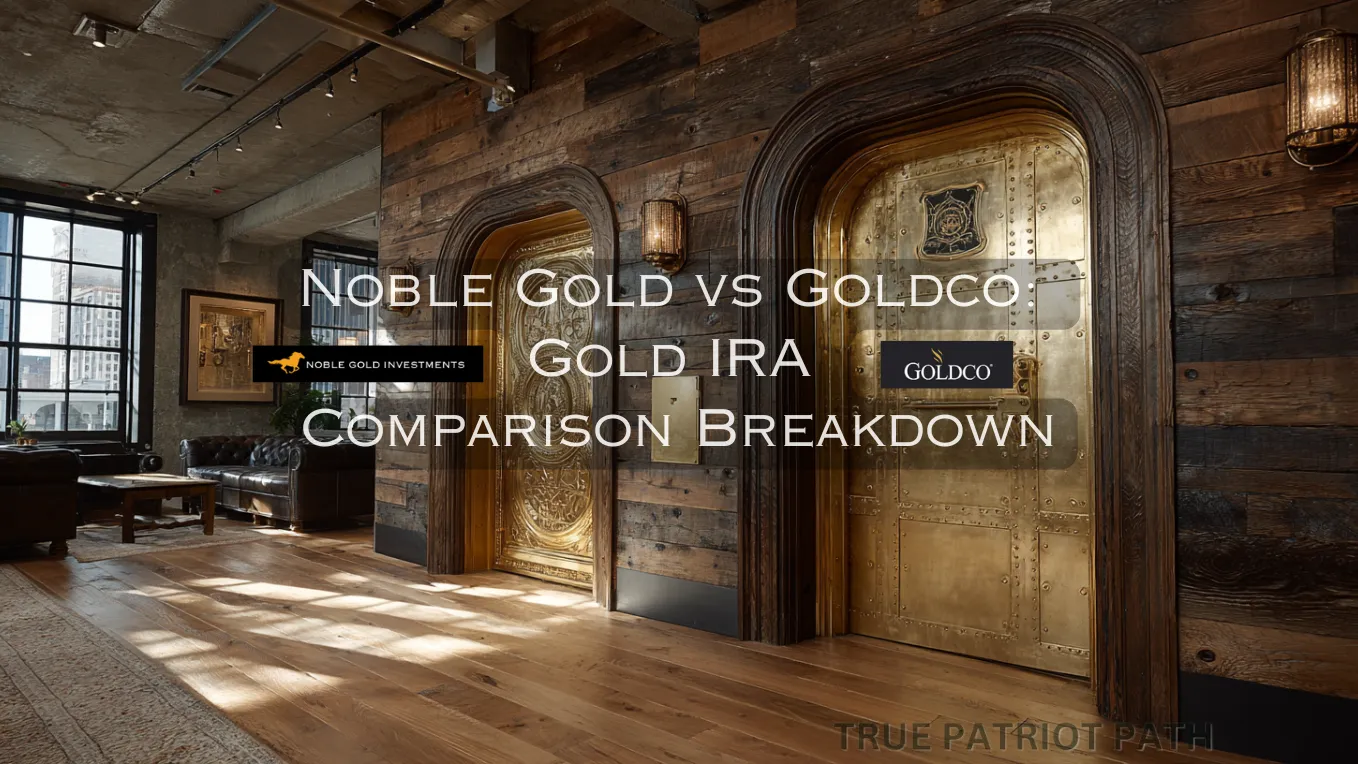This opportunity arises because the IRS permits contributions with earned income - typically not from retirement income like pensions or social security.
The twist lies in the ability to roll over funds from an existing retirement account into a Gold IRA without triggering taxes or penalties. But remember, timing is vital; the rollover must happen within 60 days from withdrawal.
Yes, individuals who are retired can continue to place capital into this type of special account, and those over the age of 70.5 can contribute for those that turned 70.5 in 2020 or later. Understanding Gold IRAs rules based on age and retirement status is where people appear to be unclear.
This is great news for those still concerned about wealth preservation while in their sunset years.
Qualification Criteria for Retirees’ Supplementary Investments
While sources like pension or social security typically don't qualify as earned income, retirees do have the option of funding this investment vehicle through a different route—rollovers from existing accounts.
It's a way of transferring funds (IRA rollover) from one type of retirement account, such as a 401(k) or a traditional IRA, into a self-directed IRA (SDIRA) without incurring penalties or taxes.
This means that even after the post-work era, individuals can take advantage of opening a Gold bullion special account and reap the associated benefits.
This method allows retirees to reallocate funds from traditional retirement accounts into a Precious Metals IRA without any immediate tax consequences.
For instance, if you're over 70½ and you work part-time or have self-employment income, you're still eligible to continue contributing to this account option. This brings financial flexibility and more investment options for retirees who wish to diversify their portfolios with precious metals.
This dual opportunity for retirees to rollover from an existing retirement account and make contributions based on employment income underscores the applicability of Gold IRAs for those no longer engaged in traditional employment.
The undeniable financial advantages awaiting retirees transitioning funds toward a real asset IRA are paramount. Let's now navigate through the process of rolling over funds from a traditional IRA, uncovering the intricate details together.

Rollover Funds From Traditional IRA
The decision to transfer funds from a traditional IRA to a Gold IRA can be sensitive for retirees seeking alternative investment opportunities. The transfer process requires careful consideration and adherence to specific guidelines laid out by the Internal Revenue Service (IRS).
A direct rollover is essential to avoid tax implications, and although it may seem complex, with the right guidance and attention to detail, it can be executed smoothly.
When pondering a rollover from a traditional IRA to a PM IRA, several factors need to be kept in mind. Firstly, the transfer must be completed within 60 days of withdrawing the funds from the traditional IRA to evade any potential tax implications. This timeline emphasizes the importance of timely action and precise planning in facilitating a seamless transition without incurring unnecessary taxes or penalties.
Moreover, reliable communication with both custodians is vital during this process. Clear instructions on initiating the direct transfer are necessary to ensure that the funds are seamlessly moved between accounts without encountering any hiccups.
Retirees should engage in effective dialogue with both financial institutions involved to guarantee a successful transition, keeping close tabs on the progress of the rollover.
This transfer not only enables retirees to diversify their investment portfolios but also provides an opportunity for safeguarding golden year savings against market volatility and inflation.
By investing in physical gold and precious metals through this account type, retirees can potentially benefit from relatively stable prices and hedge against economic uncertainties.
Understanding the intricacies involved in executing a timely and direct rollover from a traditional IRA to a Gold IRA paves the way for retirees to capitalize on alternate investment avenues without encountering undesirable tax implications.
Income Limitations for Precious Metals IRA Candidates
For those viewing this alternative IRA as a potential investment, understand the income restrictions set by the IRS for making contributions.
Unlike traditional and Roth IRAs, which have income thresholds dictating eligibility for contributions, the good news is that there are no such limitations tied to contributing to a Gold IRA.
This relaxed rule presents an attractive opportunity for retirees who might have lower or no earned income but are still interested in optimizing their senior financial planning portfolio by diversifying into precious metals.
This means that retirees can seamlessly roll over funds from their traditional IRA into a special SDIRA without any restriction based on their income level.
The absence of income limitations signifies that retired individuals may continue to grow and safeguard their future security savings by capitalizing on the benefits of gold and other precious metals without being constrained by their current earnings or lack thereof.
Make note that while there are no income limits for contributing to this type of IRA, there are still rules and regulations regarding the maximum annual contribution amount individuals are allowed to make.
For instance, seniors over the age of 50 can contribute $1,000 more to a Gold IRA each year than those under 50. Additionally, there are specific guidelines about taking distributions from a Gold IRA without penalty and mandatory minimum distributions starting at age 72.
Let's consider an example to illustrate this point further. Suppose you're a retiree who had diligently been contributing to your traditional IRA throughout your career, and now you're considering diversifying into precious metals to fortify your senior years nest egg against market volatility and inflation.
Given that you fall within the allowable age bracket and other eligibility parameters, you will be able to pivot your investments with flexibility and convenience into a Gold IRA without the encumbrance of income limits.
Understanding these nuances can empower retirees to make informed decisions about their retirement investments and navigate the process of integrating gold assets into their portfolios with ease.
The absence of income restrictions coupled with prudent financial planning can pave the way for enhanced retirement security through diversification into tangible assets like gold.
Knowing that there are no income constraints for funding this IRA opens up valuable opportunities for retirees to fortify their retirement portfolios and safeguard their earnings against economic uncertainties without being tethered by income-based limitations.
Risks, Taxes and Fees Associated
As with any investment, a Gold IRA comes with its own set of risks, taxes, and fees that potential investors, especially retirees, should be aware of. Understandably, no investment is without risk.
And while gold can be a safe haven during uncertain times, its value can fluctuate which affects the returns on investment.
Retirees need to pay close attention to the tax implications of their contributions and withdrawals from a Gold IRA. Additionally, various fees are involved in maintaining a Gold IRA, including custodian and storage fees.
Risks
The value of precious metals like gold can rise sharply or fall dramatically based on market conditions. Economic stability, geopolitical events, and even changes in currency exchange rates can all influence the price of gold.
This volatility could make gold prices unpredictable and have the potential to affect the value of a Gold IRA. While gold is often viewed as a hedge against economic downturns or inflation, it doesn't always perform as expected.
Therefore, retirees considering a PM IRA must understand the risks involved in holding an asset that may not deliver consistent returns.
It's almost like navigating through a sea of uncertainty—sometimes calm and steady, sometimes turbulent and unpredictable.
Taxes
Retirees mulling over investing into this, also need to be conscious of the tax implications tied to this type of investment. Contributions to a Gold IRA are made using after-tax dollars. This means that the money used to fund the account has already been subject to income tax.
During your leisure years when withdrawals are made from the Gold IRA, they are generally taxed at the retiree's income tax rate just like any other income they receive.
Retirees should consult with tax professionals to fully comprehend how these tax implications will affect their financial outlook in retirement.
Fees
In addition to taxes and potential market risks, retirees need to factor in various costs associated with holding a Gold IRA. Custodian fees cover the services performed by the company holding your IRA along with expenditures tied to selling or storing your gold. These fees can range widely depending on different service providers while storage fees include expenses related to safeguarding your precious metals.
Choosing a low-cost provider might seem beneficial at first glance but remember that lower costs sometimes come at the expense of vital security measures or customer service.
Retirees planning for retirement, or already are, need to weigh these costs carefully against the potential benefits offered by this type of account.
Given these considerations around risks, taxes, and fees associated with a Gold IRA, it's clear that prospective retirees must approach this investment option with prudence and careful financial planning. Understanding these factors comprehensively will enable retirees to make informed decisions about whether a Gold IRA is suitable for their live-savings portfolio composition and long-term financial objectives.
With a clear understanding of the potential drawbacks and costs associated with maintaining type of account, retirees can now weigh their options thoughtfully against the potential advantages before making an informed decision.

Other Precious Metal IRAs as an Option
Gold is commonly understood as a safe bet for many investors, but some retirees may wish to broaden their scope by investing in other precious metals. Silver, platinum, and palladium are all intriguing choices that offer unique advantages and considerations much like gold.
These precious metal IRAs allow you to incorporate tangible assets in your retirement savings.
Silver IRAs: A Flexible Choice
Silver has long been sought after for its practical uses in industries like manufacturing and healthcare. This makes it an inherently valuable commodity, raising its profile as an investment option. Much like with gold, you can purchase physical silver coins or bars within an IRA account, providing a sense of security and control over your investments.
Platinum IRAs: Weighted Value
Platinum possesses an air of exclusivity due to its rarity and primary use in industrial applications. Comprising the most lustrous among precious metals, platinum's prestige is reflected in its price which often surpasses that of gold. Its low reactivity also adds to its allure as a diversifying investment within this account.
Palladium IRAs: A Niche Investment
While not as well-known as gold or platinum, palladium holds its own as a valuable and versatile precious metal. Its primary use in catalytic converters for vehicles lends itself well to potential growth with the rise of electric vehicles.
An IRA focused on palladium represents a more niche approach to diversification that may be appealing to retirees looking for unique investment opportunities.
With the potential to diversify lifespan wealth portfolios by including silver, platinum, or palladium IRAs alongside traditional gold holdings, retirees have the opportunity to safeguard their wealth across a wider spectrum of valuable assets.
In exploring alternative investment avenues suitable for retirees, it's worthwhile to take a look into options that extend beyond precious metal SDIRAs. Now let's direct our focus towards other valuable opportunities tailored to retired individuals.
Other Investment Options for Retired Individuals
Retired life is a time to relax and enjoy the fruits of your labor, but it also necessitates ensuring that your finances continue to support your lifestyle. As a retiree, diversifying your investment portfolio can be a savvy move to minimize risk while maximizing returns. Let's explore some key investment options that can provide stability and growth during retirement.
Real Estate
Investing in real estate properties or Real Estate Investment Trusts (REITs) can be an attractive option for retirees looking to diversify their investment portfolio. Real estate investments have the potential to generate rental income, provide capital appreciation, and serve as a hedge against inflation.
Additionally, REITs offer the opportunity to invest in property without directly owning physical property, providing liquidity and diversification.
Bonds
For retired individuals seeking a steady income stream with lower risk compared to stocks or precious metals, investing in bonds can be an excellent option. Bonds, often regarded as fixed-income securities, offer regular interest payments and the return of the bond's face value at maturity.
Government bonds, municipal bonds, and corporate bonds are popular choices among retirees due to their relative stability and predictable returns.
When considering investing in bonds, retirees should assess their risk tolerance, income needs, and investment horizon to select the most suitable bond types for their portfolios. Government bonds are typically viewed as low-risk investments due to the backing of the government, while municipal bonds may offer tax advantages.
Annuities
Annuities present retirees with a unique opportunity to secure a guaranteed income stream throughout their golden years by entering into a contract with an insurance company.
With various types of annuities available, including fixed, variable, and indexed annuities, retirees can tailor their annuity investments to align with their financial objectives and risk tolerance.
Annuities not only provide a source of dependable income but also serve as a hedge against longevity risk—the risk associated with outliving one's financial resources.
By incorporating annuities into their retirement income strategy, retirees can enhance financial security and ensure a stable cash flow to cover essential living expenses.
Exploring investment options beyond traditional wealth reserve accounts can empower retirees to build resilient portfolios that deliver reliable income streams and preserve wealth over time. By carefully considering real estate investments, bonds, and annuities as part of a diversified approach, retired individuals can mitigate financial risks while positioning themselves for long-term financial well-being.
In retiree life investing, the plan is not just protecting your hard-earned wealth, but to also grow your nest-egg to fight inflation. Diversifying your investment portfolio with alternative investments and tangible assets, like a precious metals investment in silver & gold IRAs, can pave the way for a secure and fulfilling retirement lifestyle.
You deserve to protect your family's legacy wealth and maintain peace of mind after you retire.










